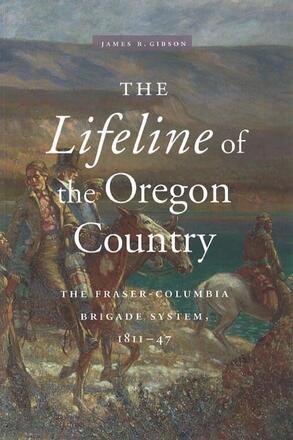
The Lifeline of the Oregon Country
The Fraser-Columbia Brigade System, 1811-47
Description
In The Lifeline of the Oregon Country, James Gibson compellingly immerses the reader in one of the most intractable problems faced by the Hudson's Bay Company: how to realize wealth from such a remote and formidable land. The personalities, places, obstacles, and operations involved in the brigade system are all described in fascinating detail, stretch by stretch from Fort St. James, the depot of New Caledonia on the upper reaches of the Fraser River, to Fort Vancouver, the Columbia Department’s entrepôt on the lower Columbia River, and back. Never before has such a rich collection of primary information concerning the fur trade supply system and the constraining role of logistics been so meticulously assembled. The Lifeline of the Oregon Country will prove indispensable to historians, researchers, and fur trade enthusiasts alike, and is an important contribution to our understanding of the economic history of the Pacific Slope.